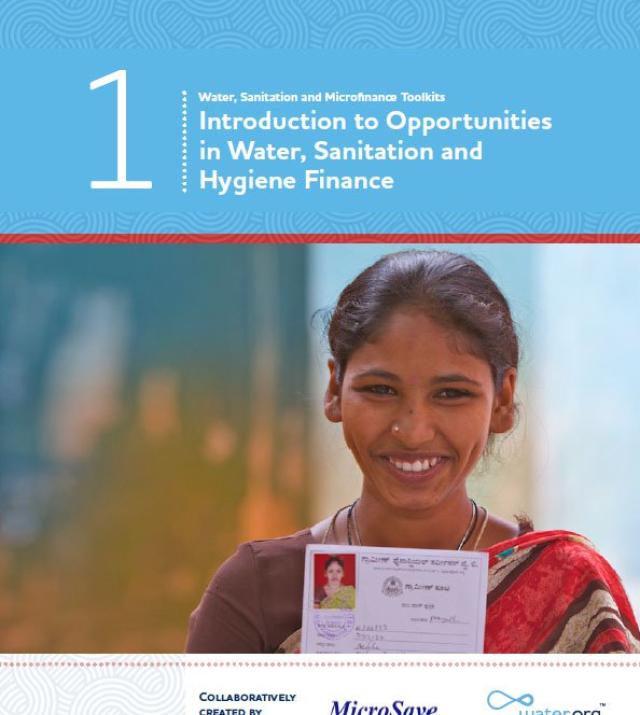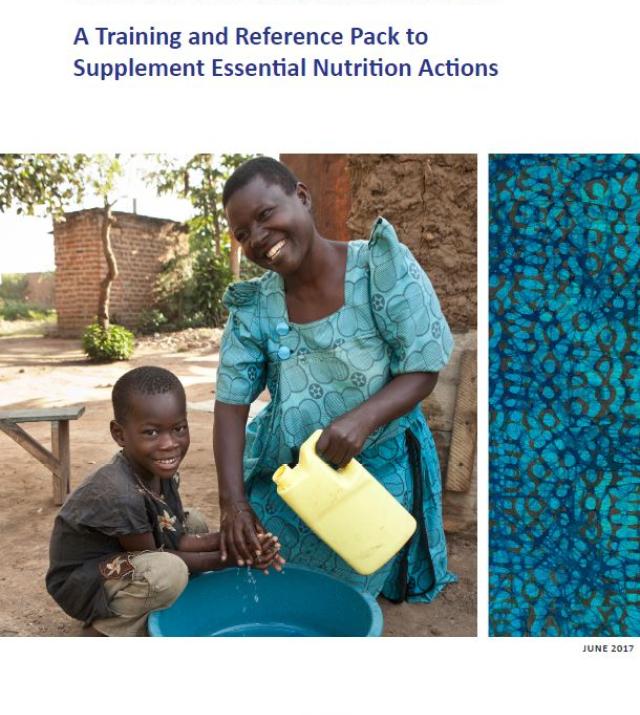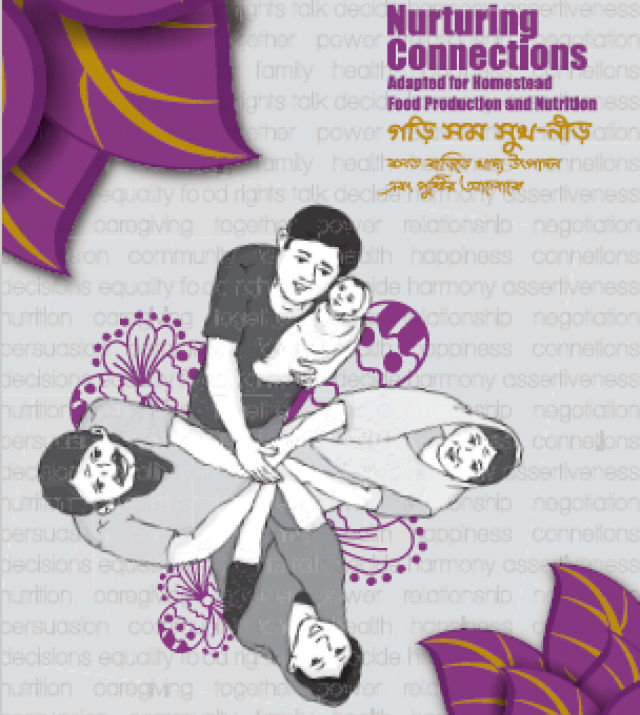
Behavior Change Manual for WASH Projects

Several studies have shown that improved water technologies lead to better water quality at the source, but not necessarily to better water quality at the point of use. This was also observed in the recent impact study conducted by HELVETAS Swiss Intercooperation Project in Benin in 2013 and in another research study in Nepal in 2015. The unsatisfactory water quality at the point of use is largely explained by inadequate hygiene, water transport and storage practices. In the field of sanitation, especially in the post CLTS phase, it is a challenge to achieve long-lasting behavioral change in the appropriate use of latrines. This underlines the need for behavioral changes ranging from handwashing and the use of toilets to water treatment and storage.
This manual is based on “Systematic Behavior Change in Water and Sanitation and Hygiene – A practical guide using the RANAS approach” developed by Eawag. This manual is a practical, abridged version of the RANAS guidelines. It is made for project managers running WASH projects.
This is a step-by-step manual, but it is advisable to have a good overview of the whole document before starting behavior change activities. The Eawag guide to “Systematic Behavior Change in Water and Sanitation and Hygiene” can give more in-depth knowledge if needed.
After providing a short introduction to the RANAS model, this manual outlines two main steps. Step 1 is an introduction to the behavior change concept and a quick analysis of the project interventions currently in use. Step 2 builds on Step 1 and applies the four phases of the RANAS approach.
Every step is divided into phases with corresponding training sessions. There is a short description of each session with instructions and additional tools and information, which can all be found in the annexes.

